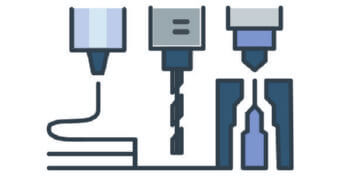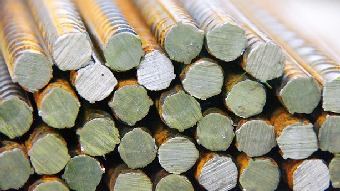Prefabricated homes are quite often confused with each other. It’s important to draw the line between manufactured homes and other types of prefabricated houses like modular, and in particular, mobile homes.
Manufactured, Mobile and Modular homes
Firstly, manufactured houses are built using steel framework off-site in a factory. Manufactured homes are generally single-storey and the dimensions of each section are limited to a certain size. The complete sections (1-3) or the entire house are transported and assembled on the chosen site (temporary or permanent). Afterwards, the wheels and axles are removed, and the finished product is hard to differentiate from a traditionally built home. It’s important to note that manufactured houses are produced according to one standard and federal law across the US. After manufactured homes are connected to electricity and other utilities, a local code inspector must review and inspect these utility connections.
Modular homes are made in sections (2-4 or more) using traditional materials. After transporting the home to the place of installation, the parts are assembled together like a giant construction kit on a permanent foundation. They are built according to the local code, just like site-built houses. Modular homes are generally treated as regular real estate, which is the reason why they are the most expensive among prefabricated dwellings.
Mobile houses are meant to be used with wheels, and as a rule, they are considered to be vehicles and are licensed by the Department of Motor Vehicles. Before 1976, both manufactured and mobile homes were considered to be the same, but then a law was passed which differentiated the two and significantly increased the quality standards required for manufactured homes.
Are manufactured homes safe?
Old manufactured homes are vulnerable to tornadoes and hurricanes, but in 1992, new standards were implemented, and the modern manufactured home is quite durable and can withstand severe weather strikes. Furthermore, the strengthened rules apply to homes that are located in higher wind speed areas.
According to the Federal Emergency Management Agency, new ‘engineered buildings’ designed by professionals to meet the latest building codes and standards have generally performed well in high-wind events. For example, HUD Zone III homes are designed to resist a sustained wind speed of 110 mph (equivalent to approximately 130 mph peak gust winds).
How much do manufactured homes cost?
The cost of manufactured homes may vary widely, but on average, it’s possible to get a good home somewhere between $50k - $100k, depending on the size you want. There are also premium category manufactured homes available on the market. The difference in price between manufactured homes and traditionally built houses of the same size is about 25-35% less. It’s essential to keep in mind that manufactured homes are mortgageable through Veterans Affairs, Federal Housing Administration, and the Federal National Mortgage Association.
Advantages of manufactured homes
- Affordable price
- Stricter regulation on quality than traditionally-built homes
- Fast construction/delivery/installation
- Doesn’t require special foundations
- Can be installed on the basement
- Can be transported even after installation
- Can be much more energy efficient than traditional houses
Disadvantages of manufactured homes
- Prejudices against manufactured homes as a whole
- Can lose value over time, regardless of its condition
- Can be difficult to sell
- Limitations on the number and density of homes
- Jurisdic restrictions such as minimum size requirements
- Limitations on exterior colors and finishes, and foundation mandates have also been enacted
Is it worth to buy a manufactured house?
The answer really depends on what you expect to get. On one hand, manufactured homes are high quality, comfortable and affordable. On the other hand, manufactured houses are a less liquid asset that can lose their value over time. In addition, local regulations can be quite restrictive on what you can and can’t build, as well as the placement of the home on site.
To sum it up, the sections of the manufactured home arrive almost complete, with rough plumbing, pre-wired electrical and carpentry are already taken care of. All that is left is to connect the home to water/sewer systems and power. Some additional interior and exterior work are done in the places where the modules were connected. All the construction is made in an enclosed factory so the weather cannot influence the quality of the house. Don’t forget that manufactured homes are made with steel frames and shipped on its own wheels, which means the parts are robust and should arrive without damage.
Top guides
Preview photo by Dave Young (cropped version)
Поделись с друзьями:






